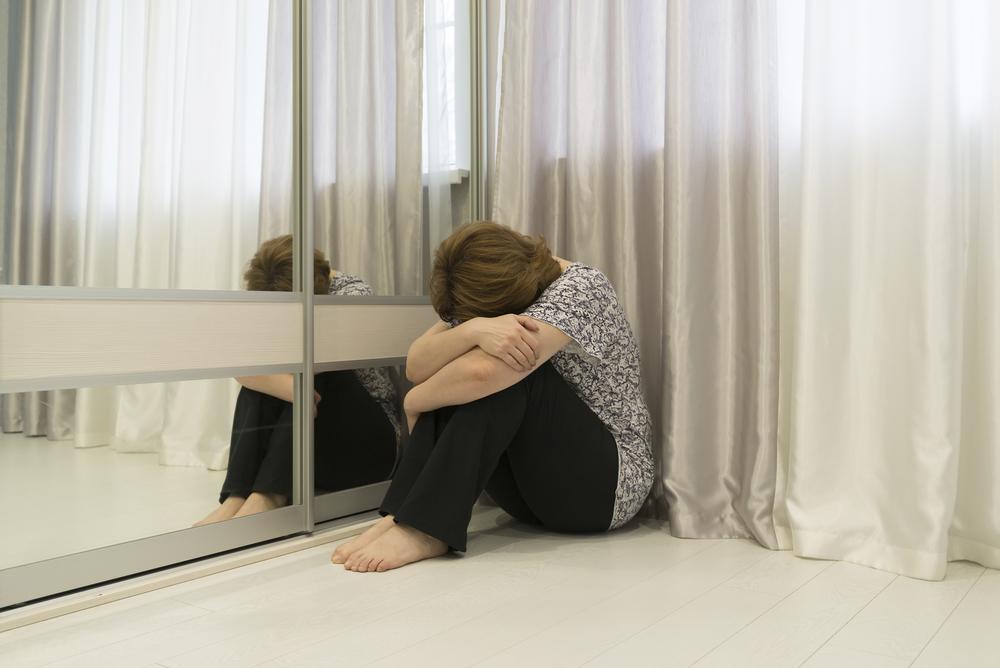Comprehensive Guide to Anxiety Disorders: Causes, Types, and Effective Management Strategies
This detailed guide explores the various types of anxiety disorders, their effects on daily life, and effective management strategies. It emphasizes natural methods, lifestyle changes, and professional treatments to help individuals control anxiety and improve mental health. Key topics include generalized anxiety disorder, panic disorder, OCD, phobias, and PTSD, along with practical tips for reducing symptoms through exercise, nutrition, therapy, and mindfulness.

An In-Depth Look into Anxiety Disorders and How to Manage Them
Experiencing feelings of anxiety is a common aspect of human life, but for some, these feelings can become persistent and overwhelming, significantly impacting daily routines and overall quality of life. According to the Anxiety and Depression Association of America (ADDA), nearly 50% of adults will face some form of anxiety or depression at least once in their lifetime. While occasional anxiety is a normal part of life, chronic anxiety disorders often require targeted treatment and management strategies to help individuals regain control and lead fulfilling lives. In this comprehensive guide, we explore what anxiety is, delve into the various types of anxiety disorders, discuss their effects on everyday functioning, and outline practical, natural, and medical approaches to managing these conditions effectively.
What is Anxiety? Understanding the Basics
Anxiety is a natural human response to stress or danger, often referred to as the 'fight-or-flight' response, which prepares the body to confront or evade a perceived threat. However, when anxiety becomes persistent, excessive, or occurs without an identifiable threat, it may indicate an anxiety disorder—a group of mental health conditions characterized by disruptive levels of fear, worry, or nervousness. These conditions are more than just feeling stressed; they are chronic, intense, and can interfere with everyday life, making it challenging to work, socialize, or perform daily activities effectively. Medical intervention, such as prescription anti-anxiety medications, is sometimes necessary, especially when symptoms are severe. Nonetheless, a holistic approach that combines healthcare treatment with lifestyle modifications and alternative therapies often provides the most sustainable relief.
Understanding the diverse nature of anxiety disorders is crucial for effective management. Though medications can alleviate symptoms, they do not address the root causes of anxiety. An integrated approach that includes lifestyle adjustments, natural therapies, and psychological support can help individuals manage their symptoms and improve their overall mental health. Recognizing the different types of anxiety disorders ensures that treatment plans are tailored to specific needs, enhancing the chances of success and long-term wellbeing.
Exploring the Main Types of Anxiety Disorders
Anxiety disorders manifest in distinct forms, each with unique symptoms and triggers. Recognizing these differences is essential for selecting appropriate treatment options and developing effective coping strategies tailored to individual needs.
Generalized Anxiety Disorder (GAD): Continuous Worries
Generalized Anxiety Disorder is characterized by persistent and excessive worry about everyday matters, which lasts for at least six months. Unlike typical stress, GAD involves ongoing anxiety that interferes with various aspects of life such as work, studies, social interactions, and family relationships. Individuals with GAD often experience symptoms like fatigue, irritability, muscle tension, sleep disturbances, and difficulty concentrating. The constant state of worry can lead to feelings of exhaustion and frustration, severely impacting mental and physical health. Effectively managing GAD often requires a combination of therapy, lifestyle changes, and, in some cases, medication.
Panic Disorder: Sudden and Intense Episodes
Panic disorder involves recurrent unexpected panic attacks—intense episodes of fear that peak within minutes. These attacks are often unpredictable but can also be triggered by specific situations. Symptoms include rapid heartbeat, sweating, trembling, chest pain, shortness of breath, dizziness, and a sense of losing control or impending doom. The fear of experiencing another attack can lead to avoidance behaviors, significantly restricting social and professional activities. Managing panic disorder often involves cognitive-behavioral therapy (CBT), medications, and relaxation techniques that help reduce the frequency and severity of attacks.
Obsessive-Compulsive Disorder (OCD): Persistent Repetitive Behaviors
OCD is characterized by uncontrollable, recurring thoughts known as obsessions, and repetitive behaviors or mental acts called compulsions. These behaviors are performed to reduce the anxiety triggered by obsessions, often driven by concerns about cleanliness, order, safety, or other specific fears. For instance, individuals may compulsively wash their hands, check locks repeatedly, or arrange objects meticulously. OCD can cause significant distress, consume considerable time, and impair daily functioning. Treatment usually combines medication and cognitive-behavioral therapy, especially exposure and response prevention (ERP), to help break the cycle of compulsions.
Specific Phobias: Extreme Fear of Situations or Objects
Phobias involve intense, irrational fears of specific objects or situations such as heights, spiders, flying, or dental procedures. These fears can provoke severe anxiety, panic attacks, and avoidance behaviors that interfere with normal activities. For example, agoraphobia—a common phobia—involves avoiding places outside the home or situations where escape might be difficult, like crowded spaces or public transportation. Treatment approaches include psychotherapy, especially exposure therapy, and sometimes medications to help individuals confront and manage their fears gradually.
Post-Traumatic Stress Disorder (PTSD): After Traumatic Events
PTSD develops after experiencing or witnessing traumatic events such as violence, accidents, or natural disasters. Symptoms include intrusive memories, flashbacks, nightmares, hypervigilance, and emotional numbness. These symptoms can persist for months or even years, severely affecting daily functioning and relationships. Treatment for PTSD often involves psychotherapy, such as trauma-focused CBT or EMDR, and sometimes medications to manage depression, anxiety, or insomnia associated with the disorder.
Natural and Lifestyle Strategies for Anxiety Relief
While medication plays a vital role in managing severe anxiety, many individuals prefer natural therapies or lifestyle modifications to alleviate symptoms and promote overall mental health. These approaches can be used alone or alongside medical treatments for holistic care.
Engaging in Regular Physical Activity
Exercise is a proven method to reduce anxiety levels. Activities such as walking, jogging, swimming, or practicing yoga can release endorphins—natural mood enhancers—thereby decreasing feelings of stress and worry. Regular physical activity also promotes better sleep and enhances overall physical health, which in turn supports mental well-being. Starting with moderate routines and gradually increasing intensity helps prevent injury and ensures long-term adherence.
Optimizing Nutrition
A balanced diet rich in essential nutrients can have a positive impact on anxiety. Magnesium-rich foods like nuts, seeds, whole grains, and leafy greens support muscle relaxation and nervous system health. Incorporating foods high in vitamin B, such as eggs, fish, and dairy, as well as calcium-rich options like yogurt, can help stabilize mood and improve sleep quality. Reducing intake of caffeine, sugar, and artificial additives minimizes overstimulation of the nervous system, thus lowering anxiety symptoms.
Avoiding Stimulants and Unhealthy Habits
Limiting caffeine, nicotine, and recreational drugs is essential, as these substances can trigger or worsen anxiety symptoms by stimulating the body's stress response. Adopting healthy habits like maintaining a consistent sleep schedule, reducing salt and preservatives, and consuming whole, unprocessed foods contribute to better mental health.
Psychological Therapies and Mindfulness Practices
Cognitive-behavioral therapy (CBT) is highly effective for anxiety management. It helps individuals identify negative thought patterns, challenge irrational beliefs, and develop coping skills. Mindfulness meditation and relaxation techniques, such as deep breathing exercises and progressive muscle relaxation, promote a calm mind and physical relaxation, reducing the intensity and frequency of anxiety episodes. Regular practice enhances emotional resilience and fosters a sense of control over anxious feelings.
Understanding and effectively managing anxiety are vital steps toward a healthier, more balanced life. While experiencing anxiety is common, persistent or severe symptoms warrant professional attention. Combining medical treatments with lifestyle changes and natural therapies creates a comprehensive approach that can significantly improve mental well-being, resilience, and overall quality of life.





